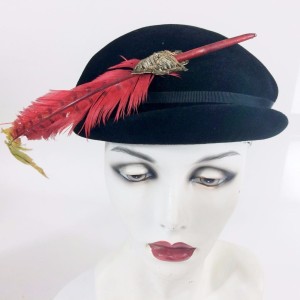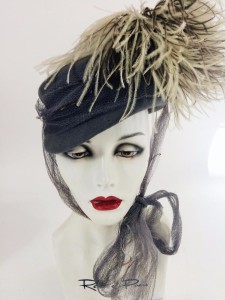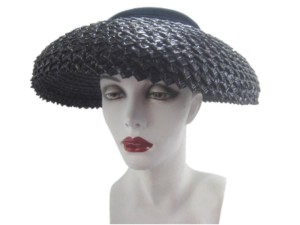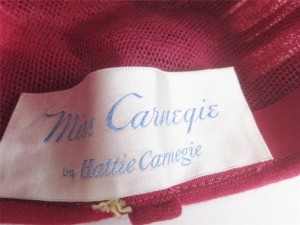What Makes a Hat Vintage?
The designation vintage carries with it much more than simply being old. Vintage certainly conveys a specific era of creation. Yet while some apply the term vintage as simply a reference to the year in which a hat was made, as in a vintage 1955 hat, a hat generally acquires the label of vintage if it is at least 20 years old and is a representative example of the era in which it was made.
Moreover, like antique hats, which are at least 100 years old, vintage hats portray a bit of history. The fabric, decorations, or lack thereof, and the size and shape of the hat are often definitive of a period of time, marking a hat as vintage. So, for example, the pillbox hat of the early 1960s reflects the formal style of that period just as the military influence on women’s hats of the 1940s reflect the events of that era.
The style of a particular designer is another identifying feature that distinguishes a hat as vintage. As each notable designer created hats during a particular time span only, and in a very characteristic manner as well, these hats are indicative of the period, making them vintage.
Why Buy Vintage Women’s Hats
The reasons for buying vintage hats are numerous and based on individual preference. For collectors, the worth of vintage hats may be in their embellishments, which often evoke a unique aspect of the hat’s era. Another highlight for collectors is in the fame of the hat’s designer, with the value of designer hats determined in part by the designer’s renown and in equal measure by the rarity of the hat’s design. The simple desire to add a new element to an existing collection frequently presents an additional reason for collectors to purchase vintage hats.
For those making a fashion purchase for their own use, one consideration is that vintage hats offer craftsmanship in the construction and details of the designs that is difficult to find in contemporary hats. An additional factor for those planning to wear the vintage hat is the ability to purchase a hat that is one of a kind, thereby making a personal fashion statement.
Furthermore, for those interested in environmental factors, the green aspect of purchasing a vintage hat, rather than a new one, is an advantage that represents a form of recycling. This is another reason that both collectors and fashion enthusiasts purchase vintage hats.
These two paragraphs were taken from a more extensive article at “Your Guide to Buying Vintage Womens Hats @ eBay hats.
We have some lovely Vintage Womens Hats in our eBay Store Connectibles. For example here are a few.




